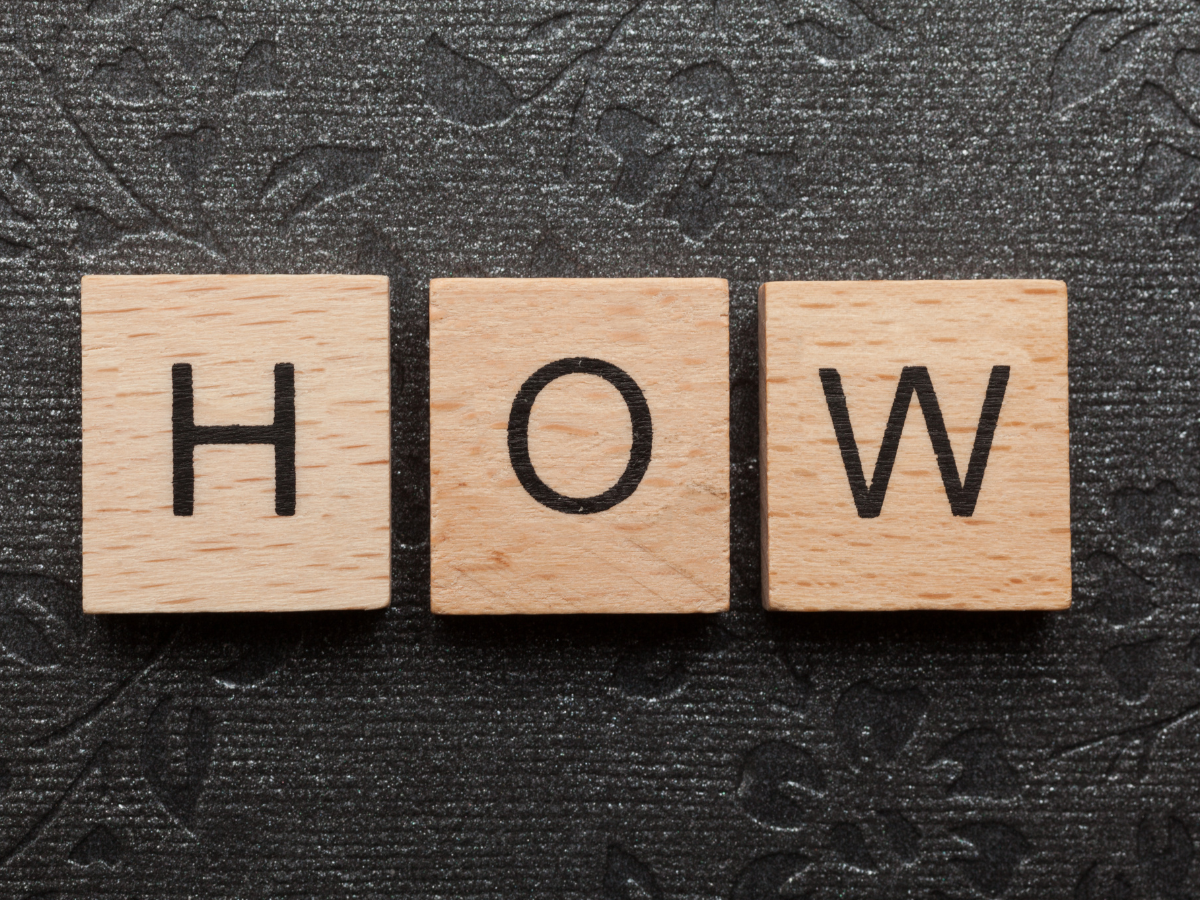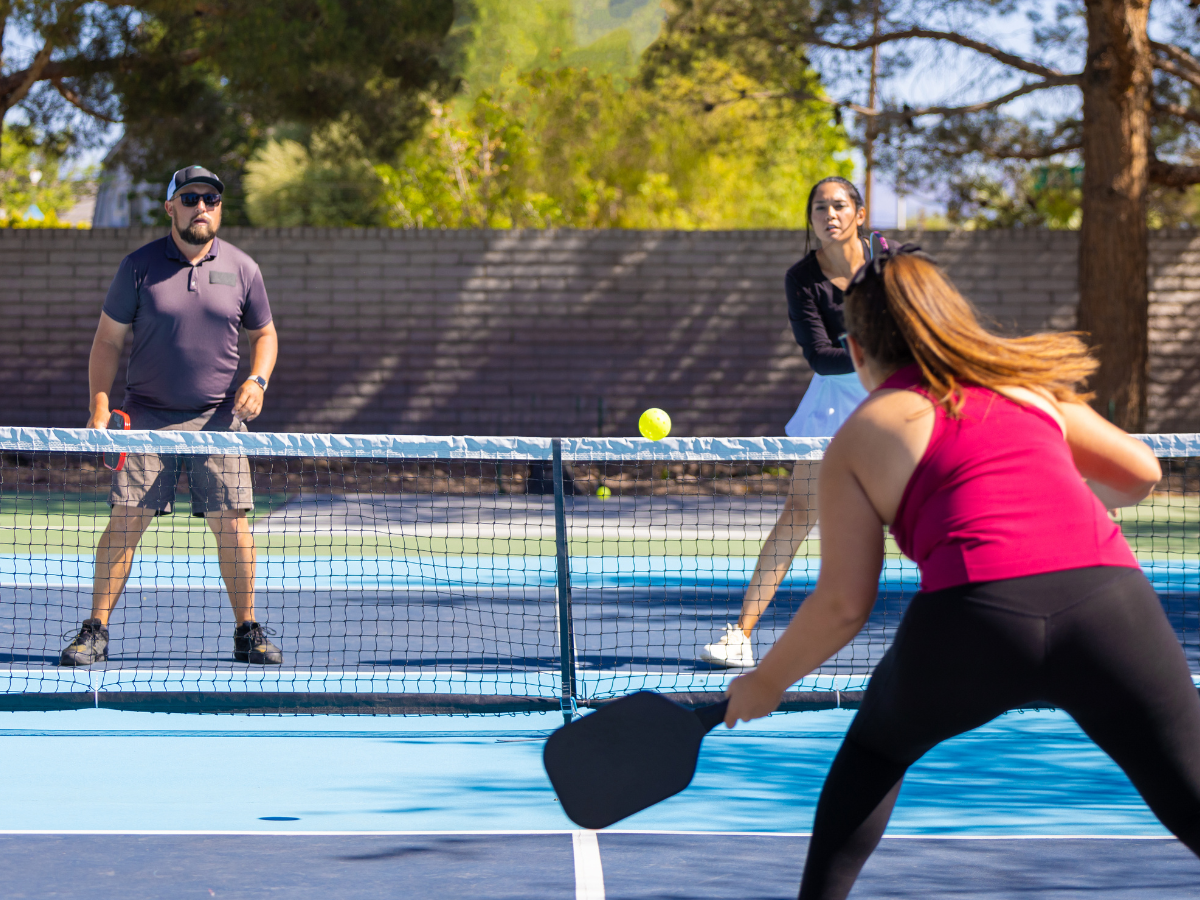How To Play Pickleball
Are you new to pickleball and trying to figure out what all the buzz is about? Or maybe all of your friends play and you want to join them but are feeling a bit overwhelmed by everything. WE’RE HERE TO HELP! We would love to teach you how to play pickleball. After all, pickleball is a great way to make friends and stay active. Plus anyone can play.
A Quick Background
Pickleball was created back in 1965 and has become one of the fastest growing sports in the world due to the fact that it is a fun and social sport that anyone can play no matter age or physical ability. Essentially, it is a combination of tennis, badminton, and ping pong.
Pickleball is played on a court that is a little smaller than a tennis court. Often, you will find local tennis courts with pickleball lines as well.
Like tennis, pickleball can be played either as singles or doubles.
Pickleball paddles look similar to ping-pong paddles and come in a variety of styles.
Pickleballs look similar to whiffle balls but smaller.
What You’ll Need
You don’t need much to start playing pickleball
Court
Paddle
Balls
Friends/other people to play with
Water - it’s important to stay hydrated
Sweat towel
There are TONS of pickleball paddles and equipment available on the market. When you’re just starting off, keep things simple. Try a middle-of-the-road paddle and some basic 40-hole outdoor balls. Look for a paddle that’s not so cheap that it makes it hard to play with and not so expensive that it makes playing cost-prohibitive. If you have a friend willing to let you borrow theirs, even better. Once you get a good feel for the game and would like a more in-depth explanation, check out our blog What Paddle Should I Use.
How To Play Pickleball
Decide who will serve first
Underhand or drop serve to the opposite corner of the court
Both the serve and the first return must bounce once. After that, you can return the ball without it bouncing.
Play resumes with teams hitting (returning) the ball back and forth to each other (with or without it bouncing first) until there is a fault
A fault occurs when one of the following happens
There is a double bounce
The ball is hit out of bounds - balls that land on the line are still considered to be in bounds
The ball is hit into the net
The ball lands in “the kitchen” when served
You can only score if your team is serving
The first serving team only has 1 service turn. After the first side out each team has 2 turns.
If you score a point, you and your teammate switch sides, and your server serves again from their new side
If the serving team has a fault (loses the rally), everyone stays where they are and the serve goes to the next player on the same team (This refers to doubles pickleball. It switches sides automatically in singles pickleball.). If both players on the team have gone, serve goes to the other team. This is known as a “side-out.”
Continue playing until someone gets to a score of 11 and wins by 2. You must win by at least 2 points so the score may end up going higher than 11.
Paddle tap at the end of the game
How To Keep Score
You can only score if your team is serving and the other team faults.
Shout out the score before each serve.
In doubles pickleball, there are 3 numbers in the score i.e. 1-0-2. The first number is the serving team’s score, the second number is the receiving team’s score, and the third number is the service turn. So in the example above, team A is serving and has 1 point, team B has 0 points, and team A is on their second server. If there was a side out, and the ball went to team B without team A making any additional points, team B would then shout out the score as 0-1-1.
In singles pickleball, there are only 2 numbers i.e. 2-1. The first number is the server’s score and the second number is the receiver’s score.
The Rules
Serving Rules
The player on the right side serves first
No overhead serves
The paddle cannot make contact with the ball above waist level
You must be completely outside of the court when serving, but within the the imaginary extension of the sideline and centerline
Your serve must land in the opposite corner service area
A serve that lands on the non-volley zone or its line is out.
Two-Bounce Rule: Both the serve and the first return must bounce once. After that, you can return the ball without it bouncing.
Two-Bounce Rule Photo from USA Pickleball
Playing Rules
Balls landing on the sideline are considered to be “in”
Out of bounds balls must be loudly called “Out!”
After the two-bounce rule is complete, the ball can be returned either with a bounce (return) or without a bounce (volley)
No volleys are allowed in the Kitchen (non-volley zone). In order to hit the ball without it bouncing, you must be standing fully in the service area. You also cannot have your momentum carry you into the Kitchen (or it's line) after you volley. I.e. if you are running to get to the ball to volley you cannot continue and run into the kitchen after you hit the ball.
Players are allowed in the Kitchen when not volleying
Good sportsmanship is a must
Faults
If the receiving team has a fault, the serving team gets a point
If the serving team has a fault and
the first server is serving - serve changes to the second server
the second server is serving - serve changes to the other team a.k.a. a side out
Pickleball Terms in This Article
Volley - returning the ball without it bouncing first
Rally - the back-and-forth return of the ball
The Kitchen - the non-volley zone of the court
Side Out- when the serve changes to the other team - the player on the right side serves first
Service turn - A player or team’s turn to serve
For a full list of pickleball terms check out our blog Pickleball Terms.








